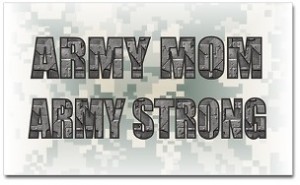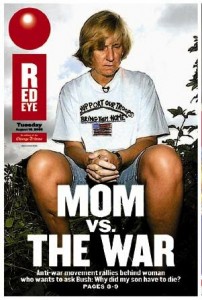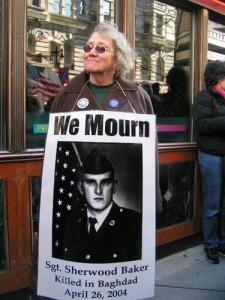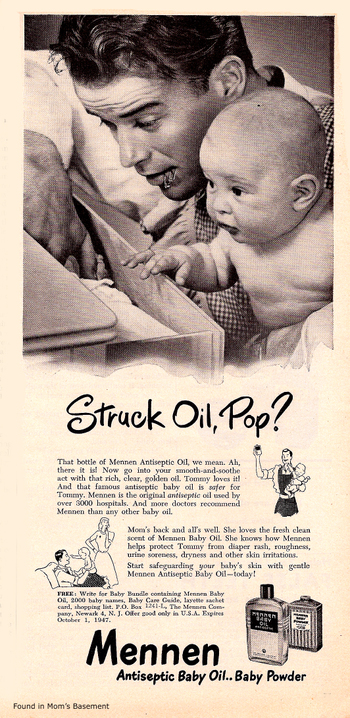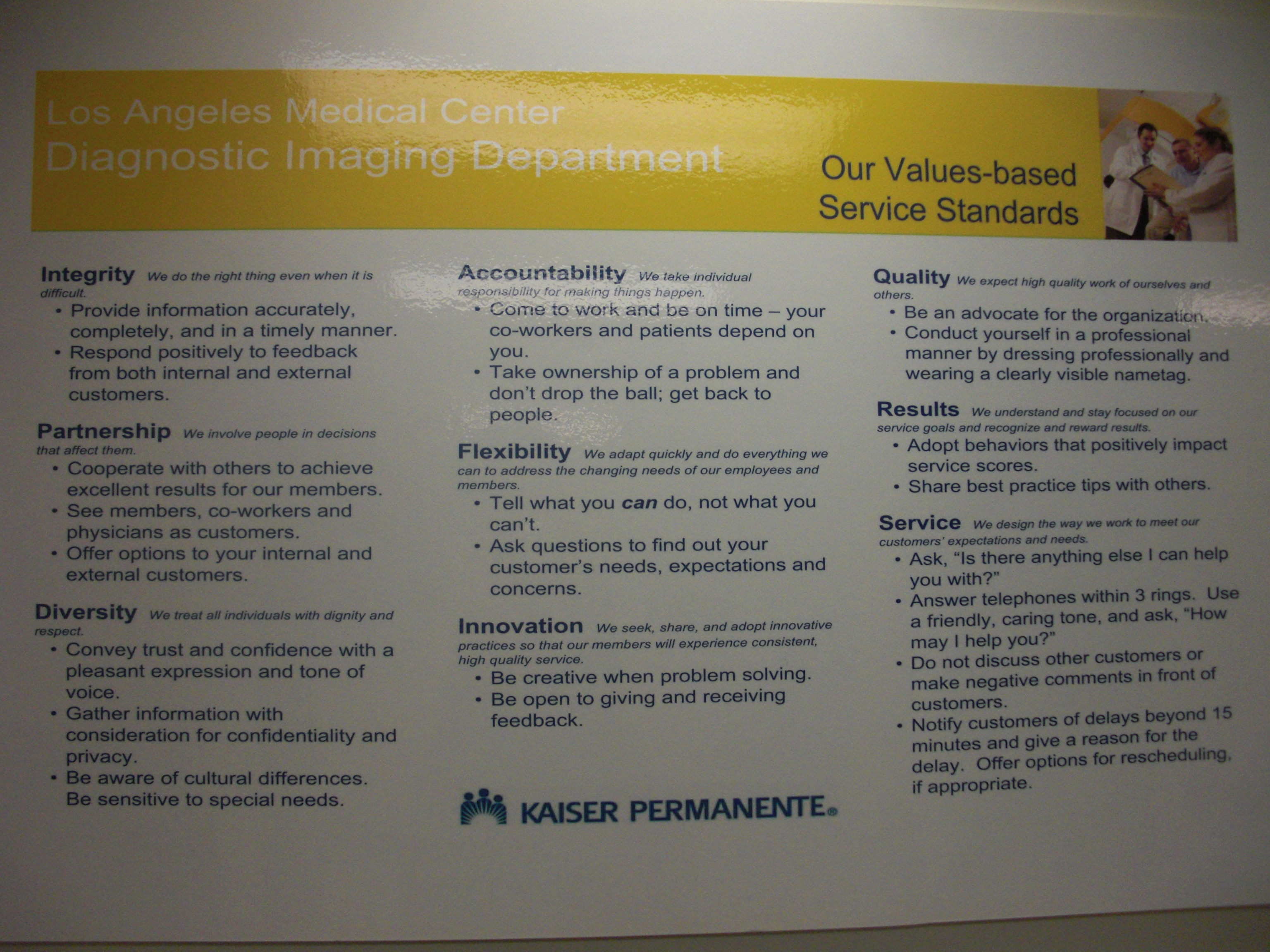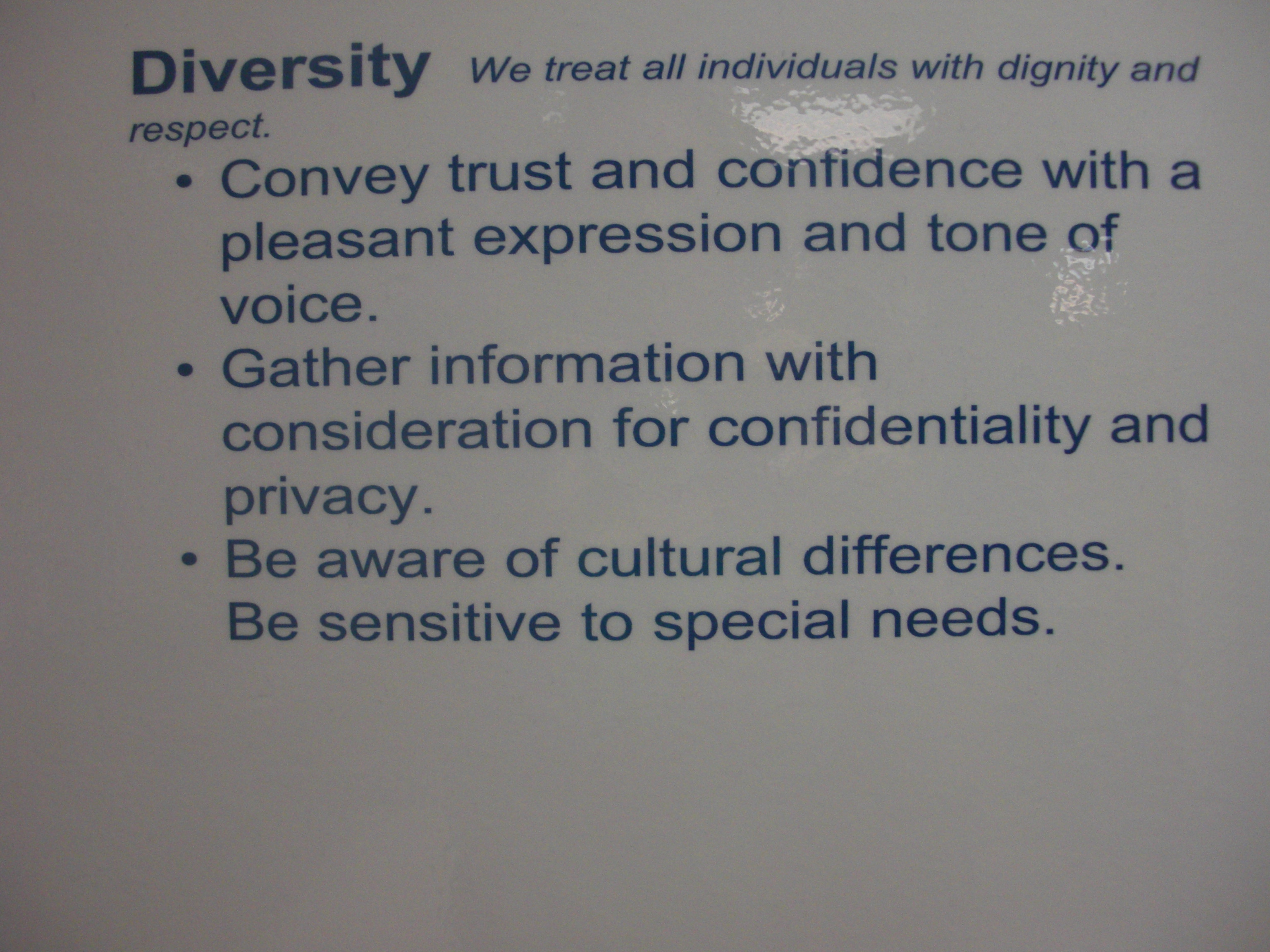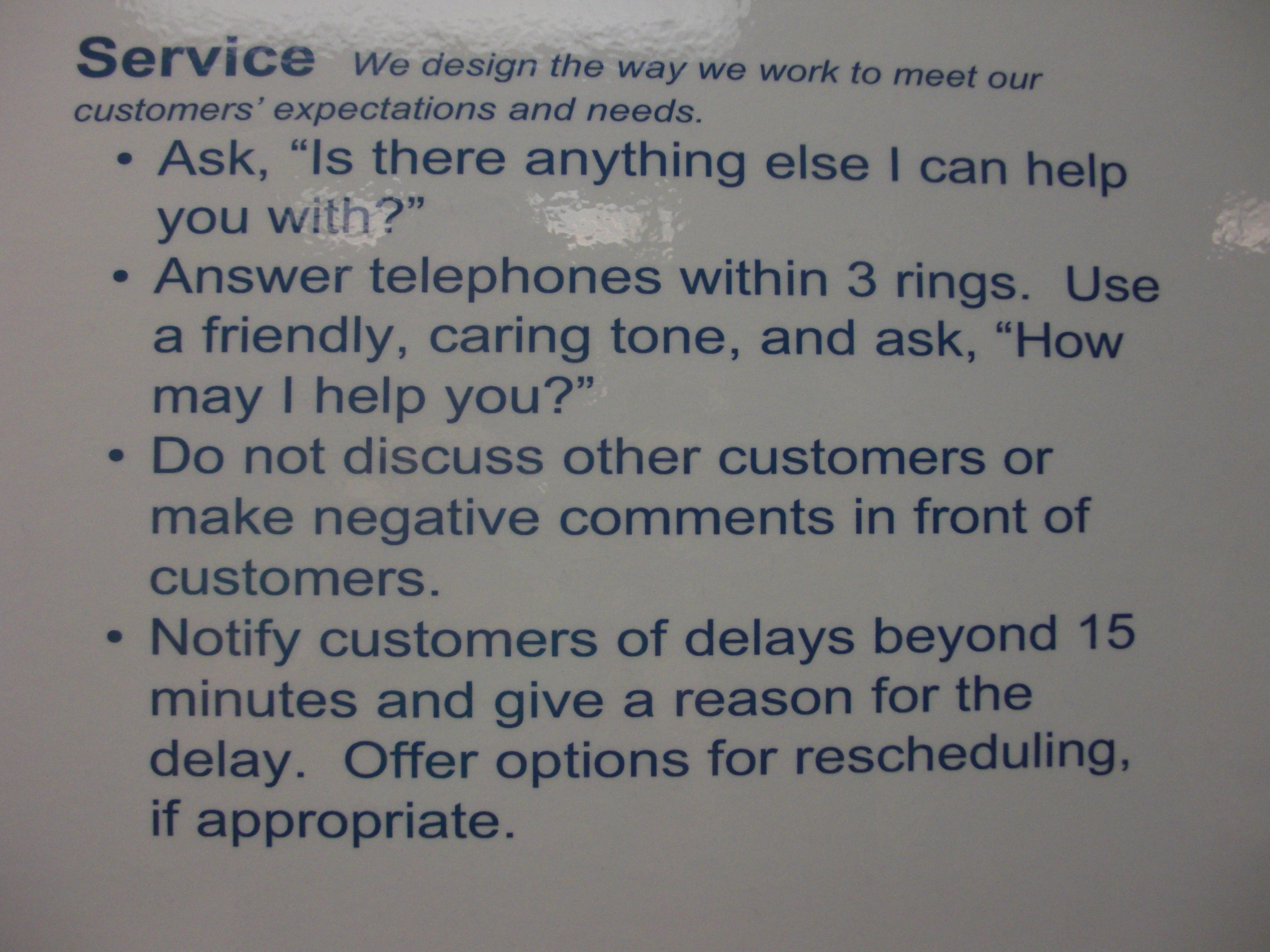Cross-posted at Family Inequality.
The grandparent spike spikes on.
Last fall I learned that the number of children who live with at least one grandparent had spiked upward over the last half decade or so. The one-year update of that trend was dramatic enough to justify a yikes-edition update.
Again, the non-poor and near-poor lead the upward trend, while the highest rates are among near-poor. Although there were upward movements in the years before 2008, for the present I think we should file this under recession studies.
(For more on grandparents providing care for children, see this Pew report from last fall.)





